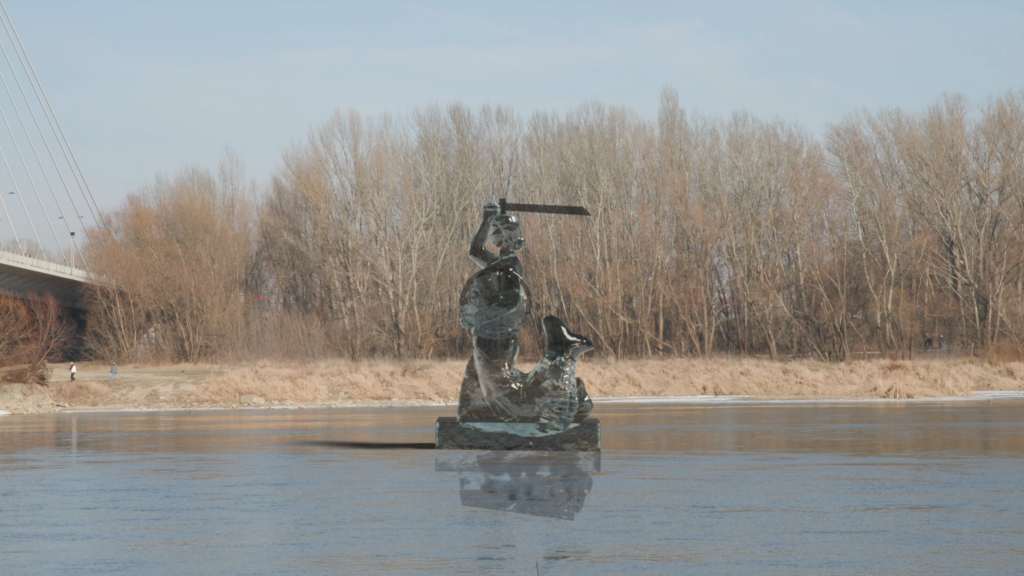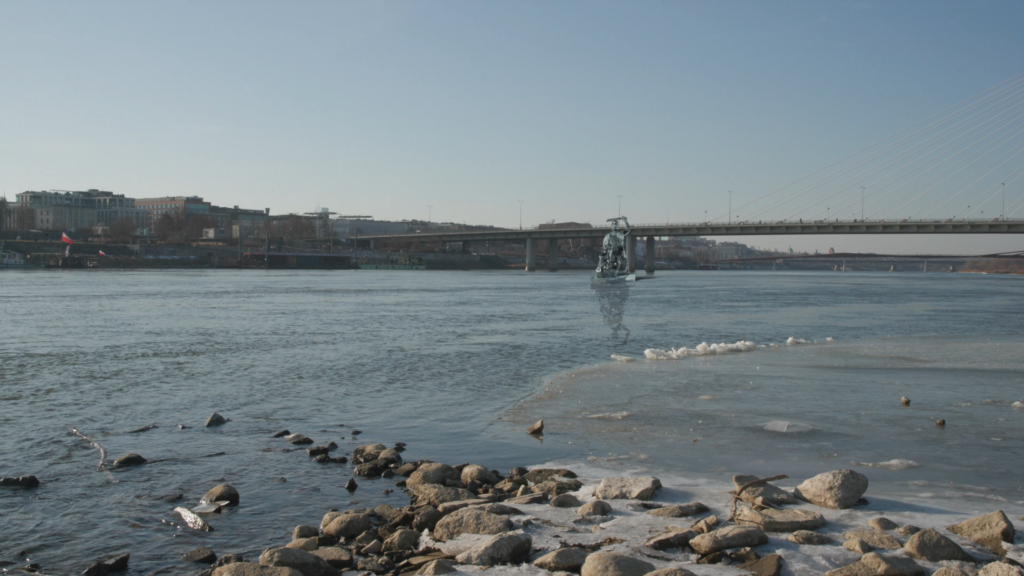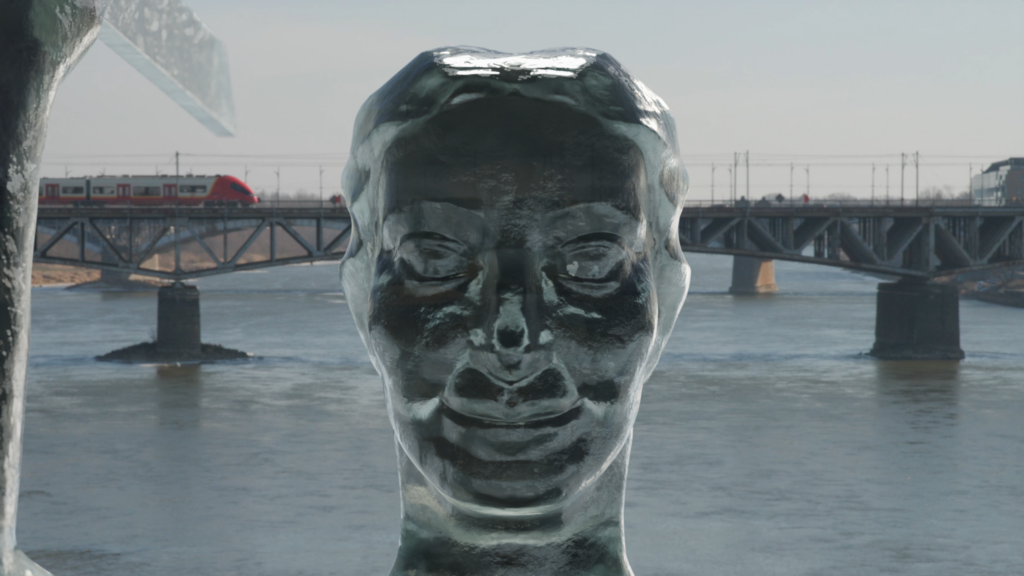LUDWIKA NITSCHOWA
(née Kraskowska) born on December 6, 1889 in Radłów, Ludwika Nitschowa was a sculptor best known for her
monumental works. She was the creator of two iconic representations of women in Warsaw: the
proud Warsaw Mermaid and the contemplative Maria Skłodowska-Curie statue, which stands in
front of the Radium Institute in Warsaw. She began her artistic studies in the private studio of Leon Wyczółkowski, later attending the School of Fine Arts for Women run by Maria Niedzielska in Kraków (1912–1913). After World War I, she continued her education at the School of Fine Arts in Warsaw under the guidance of Tadeusz Breyer.
During World War II, she remained in Warsaw. Along with her husband, Roman Nitsch, she secretly stored a container of radium belonging to the Radium Institute in their home during the German occupation. After the war, in 1950, she began teaching at the Faculty of Sculpture at the Academy
of Fine Arts in Warsaw, where she was awarded the title of professor in 1956. She later became the
head of the department and deputy dean. Ludwika Nitschowa passed away in Warsaw in 1989.

THE WARSAW MERMAID
This bronze monument was erected in April 1939 on the banks of the Vistula River. Originally, the
mermaid figure was intended to be made of glass, but the material was ultimately changed. The initiative to build the monument came from Warsaw's mayor, Stefan Starzyński, who sought to bring the city closer to the river by constructing Wisłostrada and new boulevards. The sculpture was created in a hall on the premises of the city's filtration plant, and the bronze casting was done by the Bracia Łopieńscy foundry. The monument’s pedestal was designed by Stanisław Pomian-Połujan.
During the war, the Warsaw Mermaid stood on the front lines, yet it remained one of the few
monuments in the city to survive the destruction. In 1949, the same foundry that had cast the
sculpture before the war carried out its restoration, repairing 35 bullet holes.
The model for the mermaid’s figure was 23-year-old Krystyna Krahelska, an ethnography student, poet, and soldier of the Home Army during World War II. She was fatally wounded on August 1, 1944, during the Warsaw Uprising, after participating in an attack on the Press House on Marszałkowska Street.


RECONSTRUCTION OF THE WARSAW MERMAID
My 3D model reconstructs Ludwika Nitschowa’s original concept for the Warsaw Mermaid monument. In this version, the sculpture was to be made of green glass and placed in the main
current of the Vistula River. The existing bronze mermaid statue served as a reference model for the
glass version. My inspiration came from a statement by the artist herself:
I designed a 20-meter-tall mermaid to be placed on a pillar in the middle of the Vistula River, made of green glass. Illuminated at night, it would create a radiant figure against the backdrop of the city. During the day, especially in the spring floods, the rising water level would be visible against its strong form.
Bibliography
Pomniki Warszawy, Tadeusza Sobieraja, Wydawnictwo Sport i Turystyka 1985
Warszawskie pomniki, Wiesław Głębocki, Wydawnictwo PTTK Kraj, Warszawa 1990
Ludwika Kraskowska Nitschowa. Rzeźba, red. Zdzisława Tymanowa, Galeria Zachęta, Warszawa 1985
Powinność i bunt. Akademia Sztuk Pięknych w latach 1944-2004 Anna Rudzka, Akademia Sztuk Pięknych w Warszawie, Warszawa 2004
Zadanie; forma. Pracownia profesora Tadeusza Breyera w warszawskiej Akademii Sztuk Pięknych w latach 1923-1939 Anna Rudzka, Akademia Sztuk Pięknych w Warszawie, Warszawa 2024